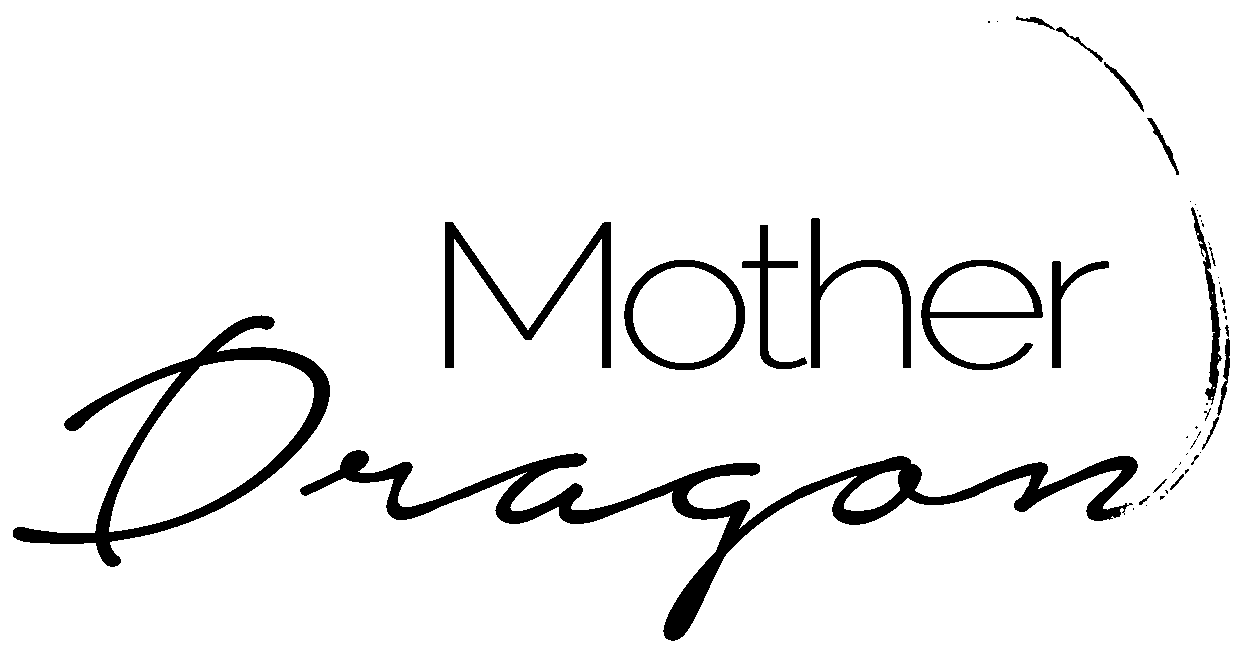
Seraphine’s Collapse and Comeback: What It Means for the Secondhand Market
Seraphine made headlines recently with the announcement of its immediate cease of trading. For years, the brand positioned itself as the go-to for stylish, premium maternity wear, think tailored coats, wrap dresses, and polished breastfeeding tops. With a royal seal of approval, Serpahine was a repeat in Kate Middleton’s maternity wardrobe and the brand was seen by many as more than just another maternity label.
That changed when it entered administration. Shortly after, retail giant Next stepped in and acquired Seraphine. The news has raised eyebrows, not just about the brand’s future, but about how this all might ripple through the wider maternity and secondhand fashion spaces.
We all know why maternity clothes are so well suited to the secondhand market (hello, Mother Dragon!). They’re often worn for a short time, in great condition, and cost more new than many parents want to pay for a temporary wardrobe. It makes perfect sense that we might see a surge in interest in preloved Seraphine. There’s something about the idea of pieces disappearing from circulation that makes them feel more desirable, at least in the short term.
But here’s the question: if Seraphine never returned, would it really matter?
On one hand, the maternity market is already full. Fast fashion brands have muscled their way in on this niche market, pumping out pieces that despite the poor quality, make it hard for some mums to turn away from. There’s already more than enough in the supply chain to keep everyone clothed for the many pregnancies. But then again, there’s more to a brand disappearing than just product. When something like this happens, it’s not just about the clothes, it’s about jobs, supply chains, small-scale manufacturers, and designers. Real people behind the scenes lose their livelihoods, and that impact is harder to measure.
So what next? If Next keeps the Seraphine name and tone, maybe the brand continues as it was. But if they cut costs, reduce quality, or reposition it entirely, the pieces that customers have loved could lose their identity. That might drive more people to look for the “old” Seraphine, raising demand for what’s already out there.
This moment says something bigger about how we’re all shopping. More people are leaning into sustainability and secondhand first, especially during motherhood, when wardrobes are so often in flux. That’s why stores like Mother Dragon are so important. Seraphine pieces are regular features and unlike other resale platforms, Mother Dragon offers ease and assurance when shopping preloved. I would like to think the secondhand marketplaces like Mother Dragon would step in and fill the gap
Whether Seraphine rises again or fades into fashion history, its legacy may live on in the wardrobes of those who choose to shop more consciously. And maybe, just maybe, that’s where it always belonged.
Take a look at some of the Seraphine pieces currently in the shop.
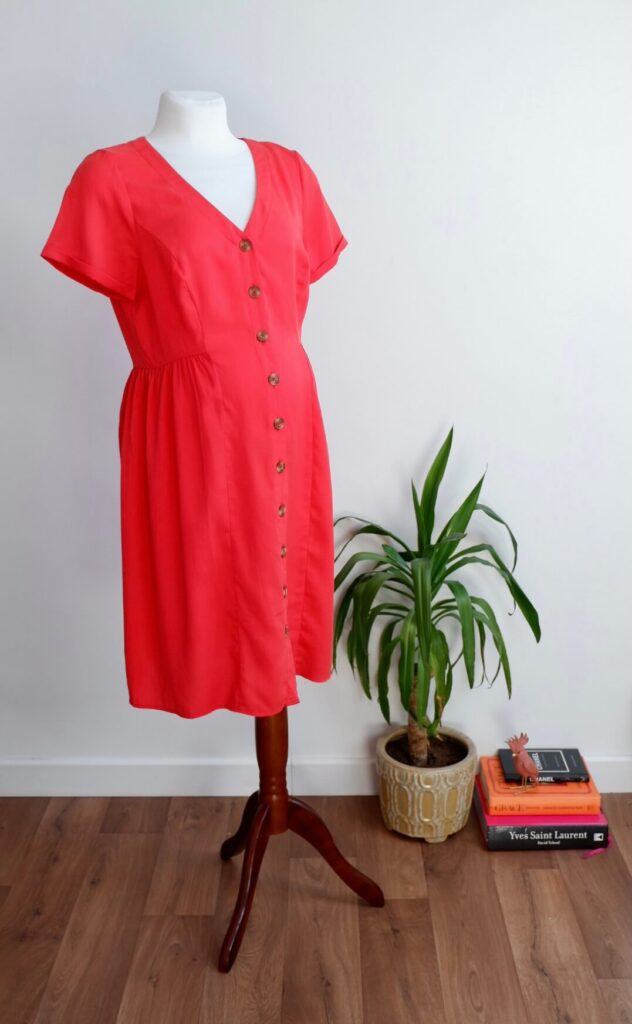
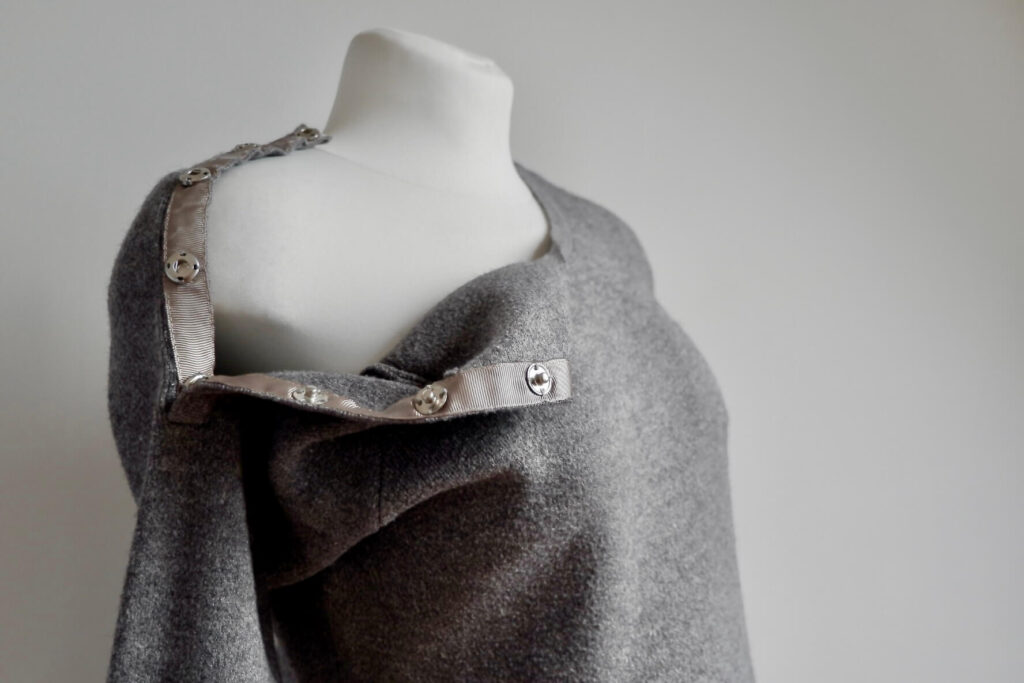
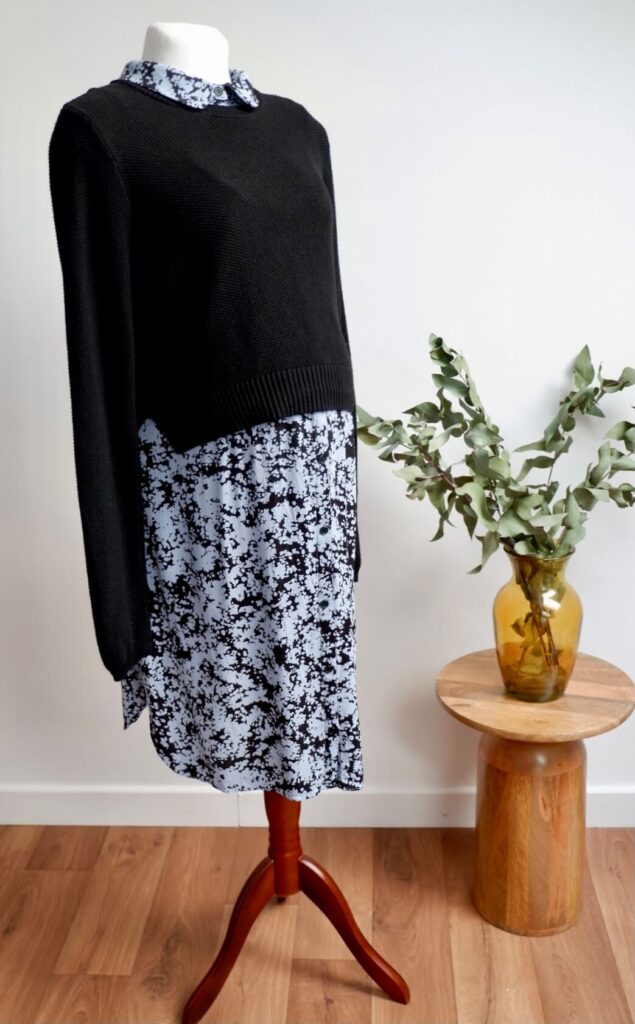
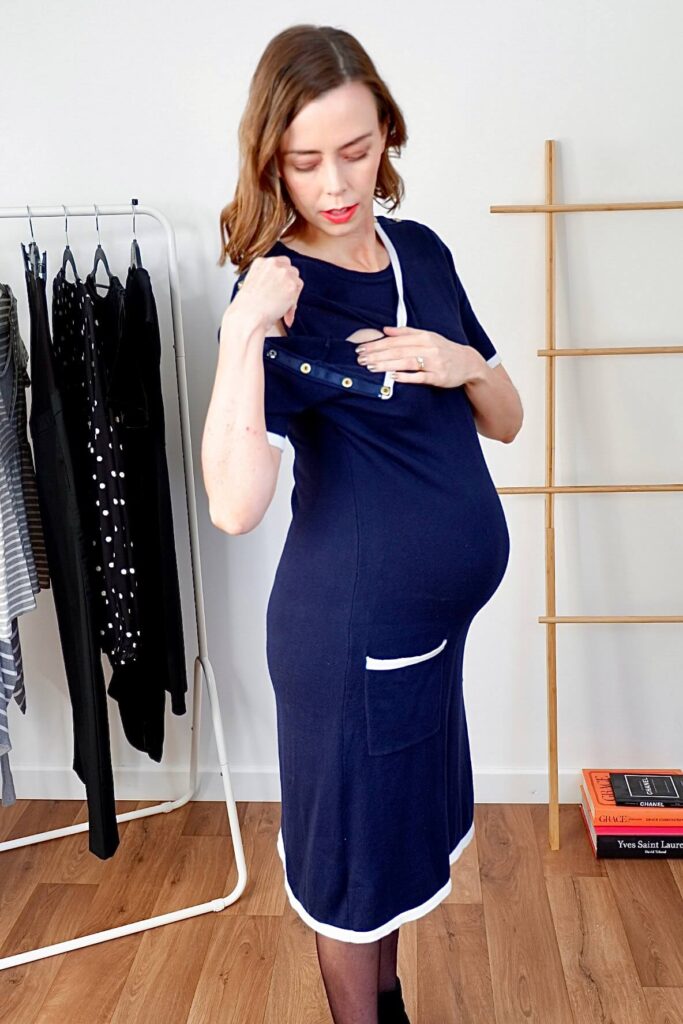
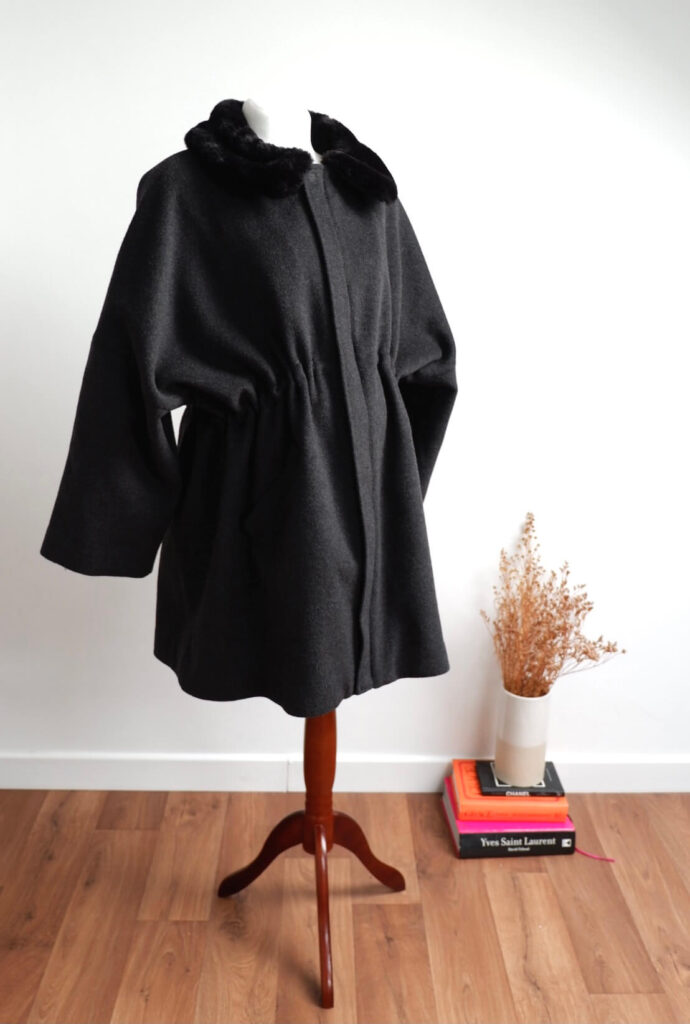
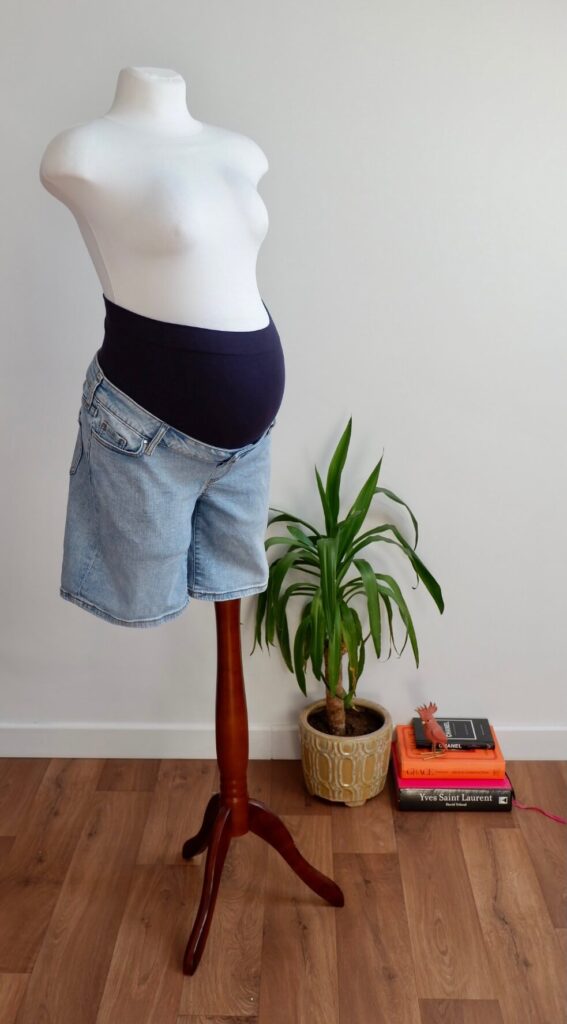
Jo
